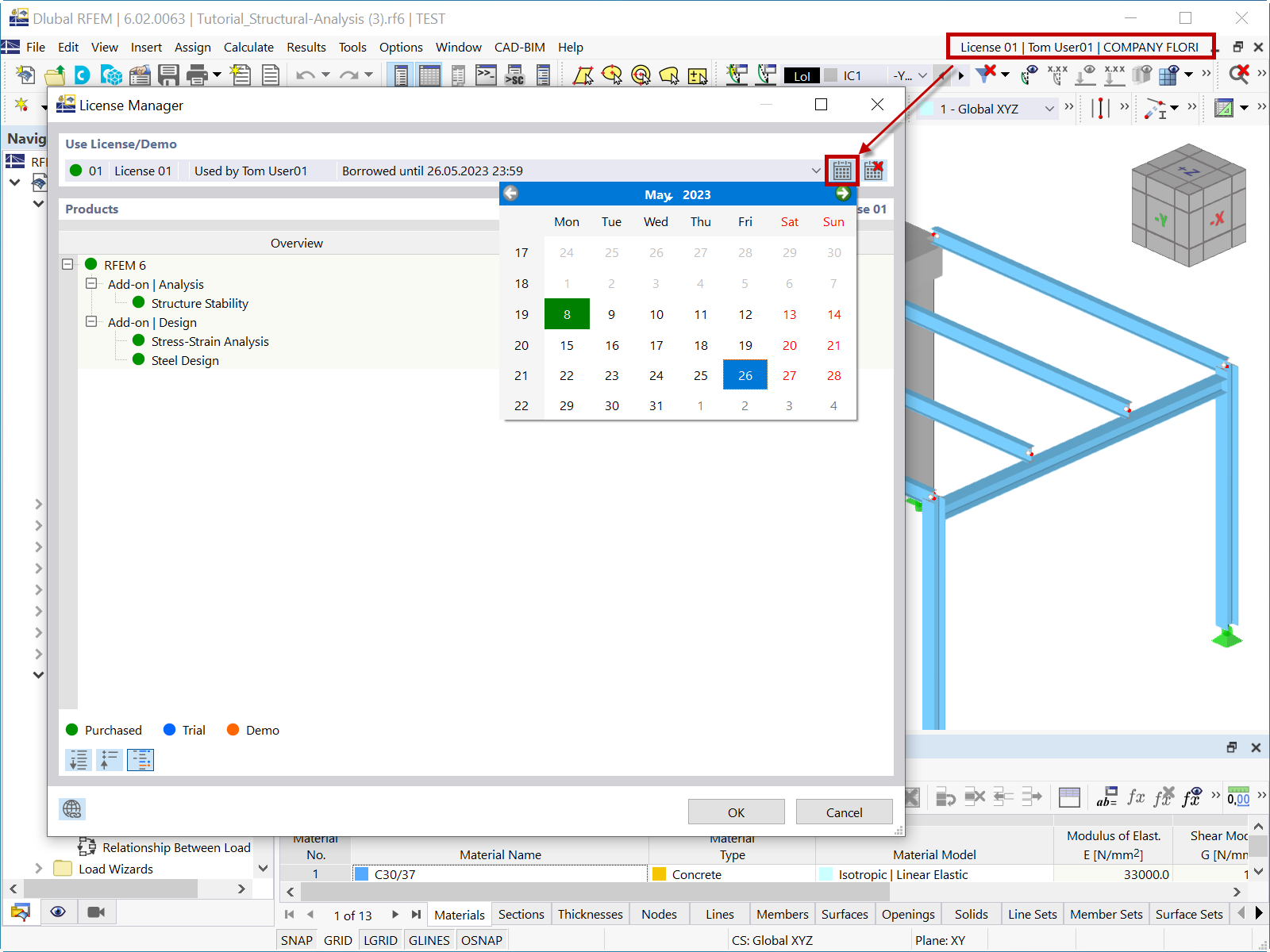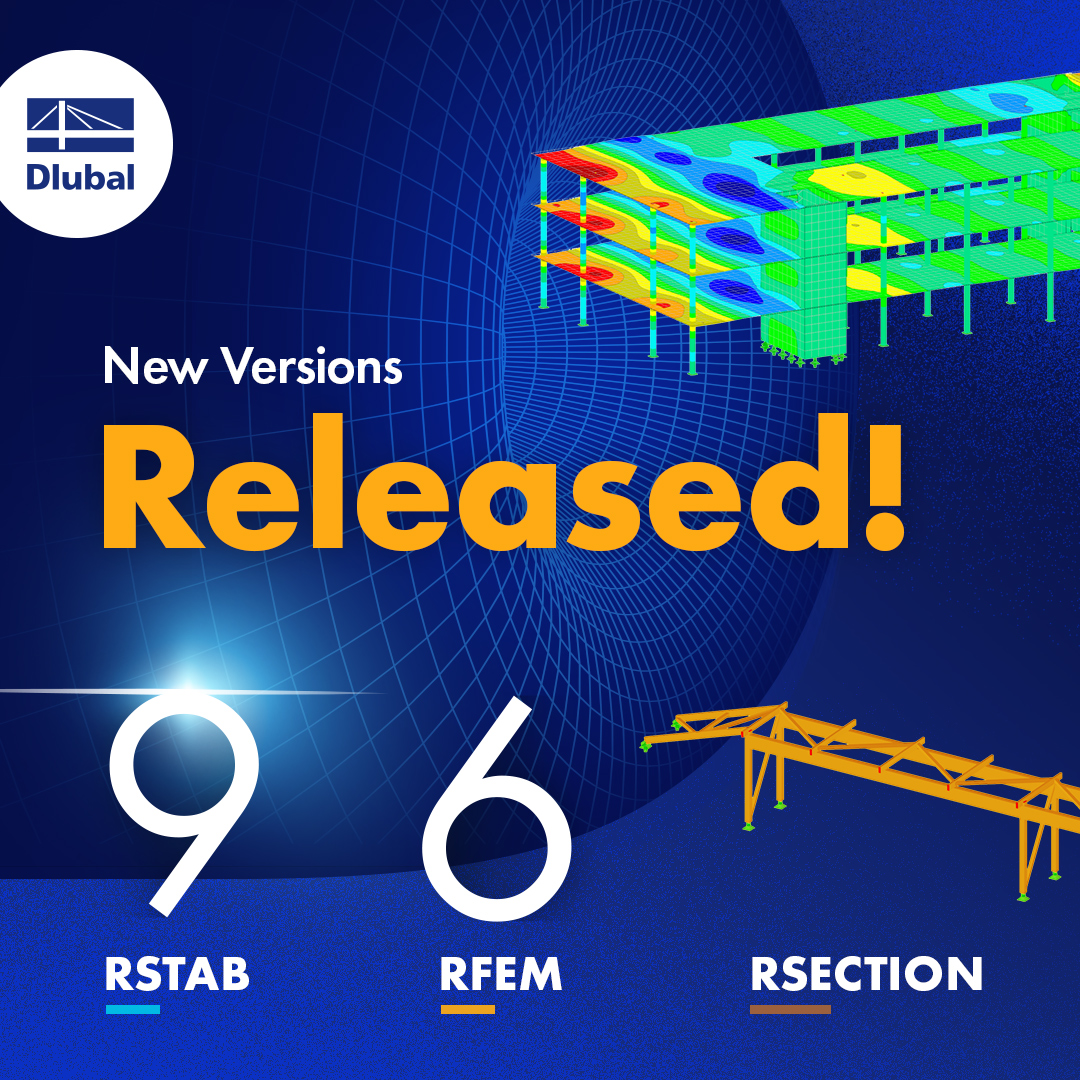Finite Element Method (FEM) is a powerful numerical technique used in civil engineering to analyze the behavior of structures under various loads and boundary conditions. It represents a mathematical approach that divides complex models into smaller, more manageable elements, allowing engineers to approximate their behavior more accurately.
In the context of civil engineering, FEM is employed to predict how structures like bridges, buildings, and dams will respond to external forces such as loads and environmental conditions. The analysis involves several key steps:
- Discretization: The first step is to divide the entire structure into smaller finite elements, such as triangles or rectangles for 2D structures or tetrahedrons and hexahedrons for 3D structures. Those elements are interconnected at specific points called nodes.
- Formulation of Equations: For each element, equations are formulated based on the governing physical laws, such as equilibrium equations, constitutive relations for materials, and compatibility conditions. These equations are often in the form of matrices.
- Assembly: The equations from each element are combined to form a system of equations for the entire structure. This process involves assembling the stiffness matrix and load vector by considering the contributions from all elements and their respective nodes.
- Application of Boundary Conditions: Boundary conditions, which are represented by supports and applied loads applied to the structure, are applied to the system of equations. This step is crucial to simulate the real-world behavior of the structure accurately.
- Solution: The system of equations is solved using numerical techniques, such as matrix inversion or iterative methods. They will be discussed later in specific chapters. The solution yields displacements, of which reactions, and internal forces within the structure can calculated later on.
- Post-Processing: Once the solution is obtained, engineers can extract valuable information such as stress distribution, deformation patterns, and safety factors. During Post-Processing, reactions and internal forces are computed, based on displacement results. This aids in assessing whether the structure meets design criteria and safety standards.
FEM offers several advantages in civil engineering analysis:
- Flexibility: FEM can model complex geometries and material behaviors that are often encountered in civil engineering projects.
- Accuracy: By dividing structures into smaller elements, FEM provides a more accurate representation of their behavior compared to simplified analytical methods.
- Versatility: FEM can analyze a wide range of loadings, including static, dynamic, thermal, and fluid-structure interactions.
- Optimization: FEM can be used to optimize designs by iteratively refining the structure based on analysis results.
- Realistic Simulations: FEM enables engineers to simulate the behavior of structures under different conditions, allowing for better design decisions and understanding of potential failure modes.
The next two subchapters deal with linear and nonlinear solvers. In the following, their differences and special features are briefly explained.
In the context of Finite Element Method (FEM) software, the distinction between linear and nonlinear solvers pertains to how they handle the behavior of materials and structures in response to applied loads. In general, the differences between linear and nonlinear solvers are as follows:
Linear Solver
A linear solver is used when the behavior of the material or structure can be approximated as linear. Linear behavior implies that the relationship between stresses and strains remains constant regardless of the magnitude of the applied loads. In other words, the superposition principle is applied, meaning that the response to a combination of loads is simply the sum of the responses to each individual load.
Linear solvers are faster and often more straightforward to implement because they can use direct solution methods, such as Gaussian elimination or matrix factorization, to solve the system of equations. Those solvers are well-suited for cases where deformations are small and materials behave elastically without undergoing significant changes in stiffness or geometry.
Nonlinear Solver
A nonlinear solver is required when the material or structural behavior is nonlinear. Nonlinear behavior can result from factors such as large deformations, yielding of materials, contact between surfaces, or changes in stiffness due to damage or other effects.
In nonlinear analysis, the relationship between stresses and strains is not constant, and the superposition principle is no longer valid. This means that the response to combined loads cannot be determined simply by summing up the responses to individual loads.
Nonlinear solvers use iterative methods to approximate the solution. They typically involve updating the stiffness matrix and iterating until convergence is achieved. In RFEM, different solution methods are available that are explained in more detail in the Nonlinear Solvers subchapter.
Key Differences
The main differences between linear and nonlinear solvers are compared in the following table.
| Aspect | Linear Solver | Nonlinear Solver |
|---|---|---|
| Behavioral Assumption | Assumes linear material behavior and follows the superposition principle. | Accounts for nonlinear material behavior, geometric nonlinearity, and other complex effects. |
| Solution Approach | Uses direct solution methods for system of equations. | Employs iterative methods that require multiple iterations to converge. |
| Convergence Challenges | Convergence is typically not a major concern. | Convergence can be challenging due to the nonlinear behavior. Proper initial guesses and solution strategies are crucial. |
| Computation Time | Generally faster than nonlinear solvers. | Slower due to the iterative nature and complexity of the problem |
| Applications | Suitable for cases with small deformations and linear material behavior. | Required for cases involving large deformations, yielding, contact, and other nonlinear effects. |

















































-querkraft-hertha-hurnaus.jpg?mw=350&hash=3306957537863c7a7dc17160e2ced5806b35a7fb)




